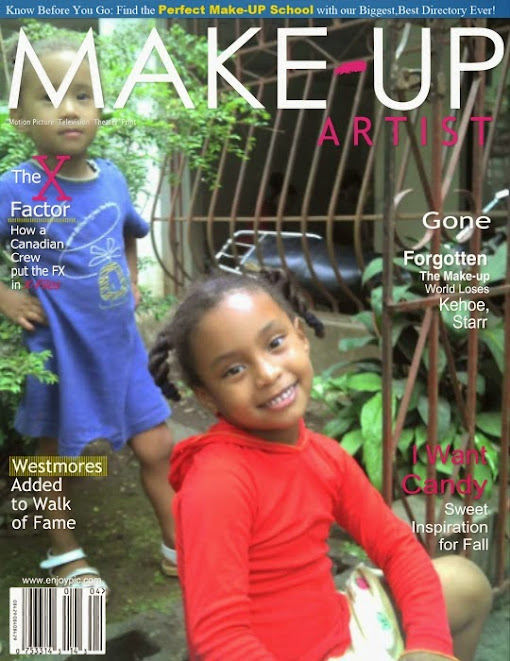| A team of anthropologists from the University of South Florida began exhuming suspected graves on Saturday, Aug. 31, 2013, at the now-closed Arthur G. Dozier School for Boys in Marianna, Fla. The researchers are sifting through topsoil to find remains at the former reform school in hopes of identifying the boys buried there and learning how they died. |
MARIANNA, Fla.
(AP) -- University of South Florida researchers began exhuming dozens
of graves Saturday at a former Panhandle reform school where horrific
beatings have been reported in hopes of identifying the boys and
learning how they died.
The digging and work
at the site of the former Dozier Boys School will continue until
Tuesday, with researchers hoping to unearth the remains of four to six
boys before resuming at a later date, said Erin Kimmerle, the USF
anthropologist leading the excavation.
After
work began Saturday, relatives of one of the boys believed to be buried
at the school held a private prayer at the grave sites. The family has
provided DNA in hopes of finding a match with Robert Stephens. School
records show he was fatally stabbed by another inmate in 1937, but his
family hopes to confirm how he actually died through the exhumation
efforts.
If his remains are found, his family says they will be reburied in a family plot in Quincy.
"That
will be a great sense of homecoming," Tananarive Due said. The boy was
Due's great-uncle. She was at the site Saturday with her son, father and
husband, and said she hopes that other families will also be able to
locate relatives buried there.
"Their families
never had a proper opportunity to say goodbye to their loved ones. In a
lot of cases children just disappeared," said Due, who lives in
Atlanta.
Former inmates at the reform school
from the 1950s and 1960s have detailed horrific beatings in a small,
white concrete block building at the facility. A group of survivors call
themselves the "White House Boys" and five years ago called for an
investigation into the graves. In 2010, the Florida Department of Law
Enforcement ended an investigation and said it could not substantiate or
refute claims that boys died at the hands of staff.
USF
later began its own research and discovered even more graves than the
state department had identified. USF has worked for months to secure a
permit to exhume the remains, finally receiving permission from Gov.
Rick Scott and the state Cabinet after being rejected by Secretary of
State Ken Detzner, who reports to Scott.
"In
these historic cases, it's really about having an accurate record and
finding out what happened and knowing the truth about what happened,"
Kimmerle said of efforts at the school, which opened in 1900 and shut
down two years ago for budgetary reasons.
Kimmerle
said the remains of about 50 people are in the graves. Some are marked
with a plain, white steel cross, and others have no markings.
Robert
Straley, a spokesman for the White House Boys, said the school
segregated white and black inmates and that the remains are located
where black inmates were held. He suspects there is another white
cemetery that hasn't been discovered.
"I think
that there are at least 100 more bodies up there," he said. "At some
point they are going to find more bodies, I'm dead certain of that.
There has to be a white graveyard on the white side."
Among
those that have pushed to allow USF to conduct the research are
Florida's Republican Attorney General Pam Bondi and Democratic U.S. Sen.
Bill Nelson.
"My goal all along has been to
help bring closure to the families who lost loved ones at Dozier. I feel
great relief that the work to identify human remains is now underway,"
Bondi said through a spokeswoman.
The holiday
weekend's initial work is meant to ensure that the process works
smoothly before researchers return to the site. The remains will be
brought to Tampa to be studied. DNA obtained will be sent to the
University of North Texas Center for Human Identification for analysis.
The hope is that it can be matched to relatives. Ten families have
contacted researchers in hopes of identifying relatives that might be
buried at Dozier.
If matches are found, remains will be returned to the families.









